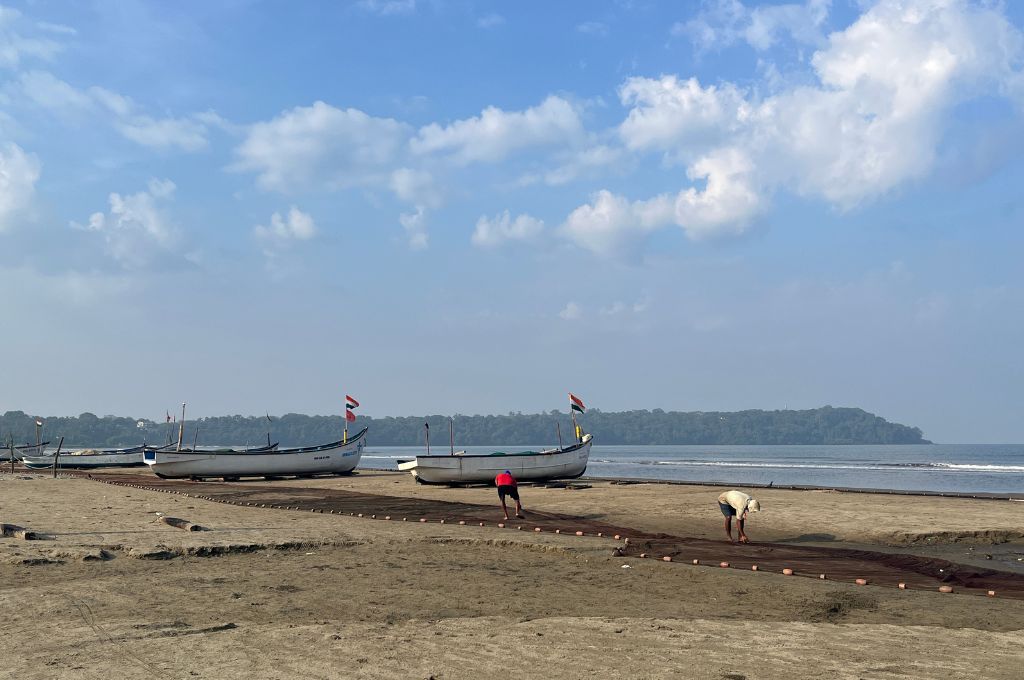A problem of plenty: The challenges facing agriculture in rural Tripura

Bairagipara is a village in West Tripura district and lies on the Baramura hill range. The river Sumili runs through the village. When the Sumili swells during the monsoon, a part of Bairagipara is cut off from the rest of the village since there is no proper bridge connecting the two parts.
Historically, the people living on the remote side of Bairagipara—almost all of whom belong to the Tripuri tribe—are engaged in the cultivation of paddy and collection of wild vegetables from the forest; they sell the latter in nearby markets. But farming as a business isn’t particularly easy in this area. During the monsoon, those who dwell in the forest areas have trouble crossing the river and taking their goods to the local market, which is on the other side of the river. In addition, the main big markets are in the capital city of Agartala, which is 30 km away; these markets also become inaccessible during the monsoon. In any case, in order to reach Agartala, first they have to take a jeep till Barkathal and then change to another vehicle.
While things are especially difficult in the rainy season, not having a bridge poses problems in the winter too. People bring over the produce in boats, and it’s hard to load up too many things, which puts a limit on the quantity they can sell or bring with them. Apart from the river, there are no other routes—the national highway is not connected and there is only one narrow road, with a single jeep plying it once a day in the morning.
SeSTA, a nonprofit organisation that supports livelihoods activities in Northeast India, has been trying to build a market for people in the village, but there are various challenges here too. For one thing, all the families in this part of the village practise agriculture and grow the same vegetables, which is why the products end up competing with one another—this affects people’s ability to earn. Some people have been forced to sell through middlemen who travel to Agartala, but this alternative isn’t particularly profitable.
Through SeSTA’s intervention, people were encouraged to set up organic nutritional gardens a few years ago. This vegetable cultivation was started because of the lack of access beyond the river and to diversify people’s livelihoods while addressing nutritional deficiencies. Large-scale adoption of organic farming can be difficult when there are no established market linkages, but in this case it was done with the aim of promoting nutritional gardens. Additionally, organic farming removes the need for fertilisers, which are hard to transport to this remote area.
Kaustav Bordoloi is a partnership and communications executive at SeSTA. Shanti Bikash Chakma is a field executive at SeSTA.
—
Know more: Learn why government initiatives to set up local organic markets in Sikkim have not benefitted farmers.
Do more: Connect with the authors at [email protected] and [email protected] and to learn more about and support their work.



